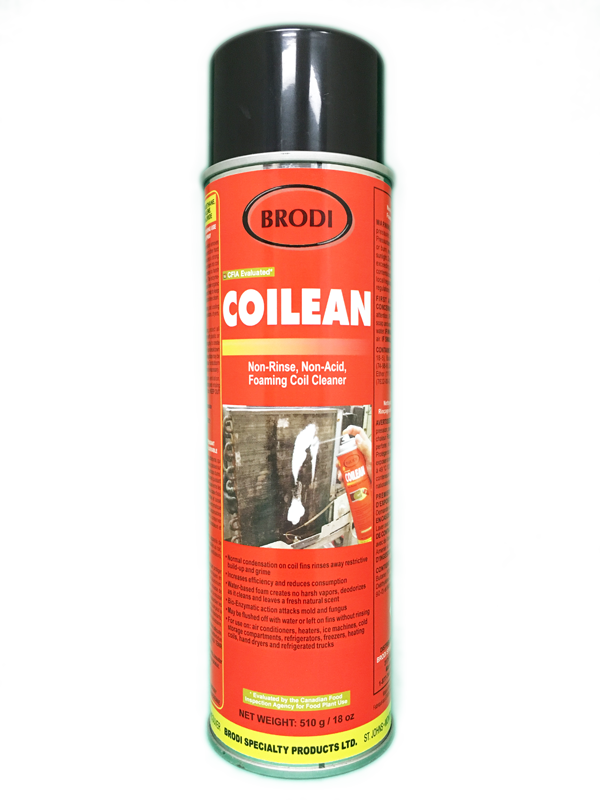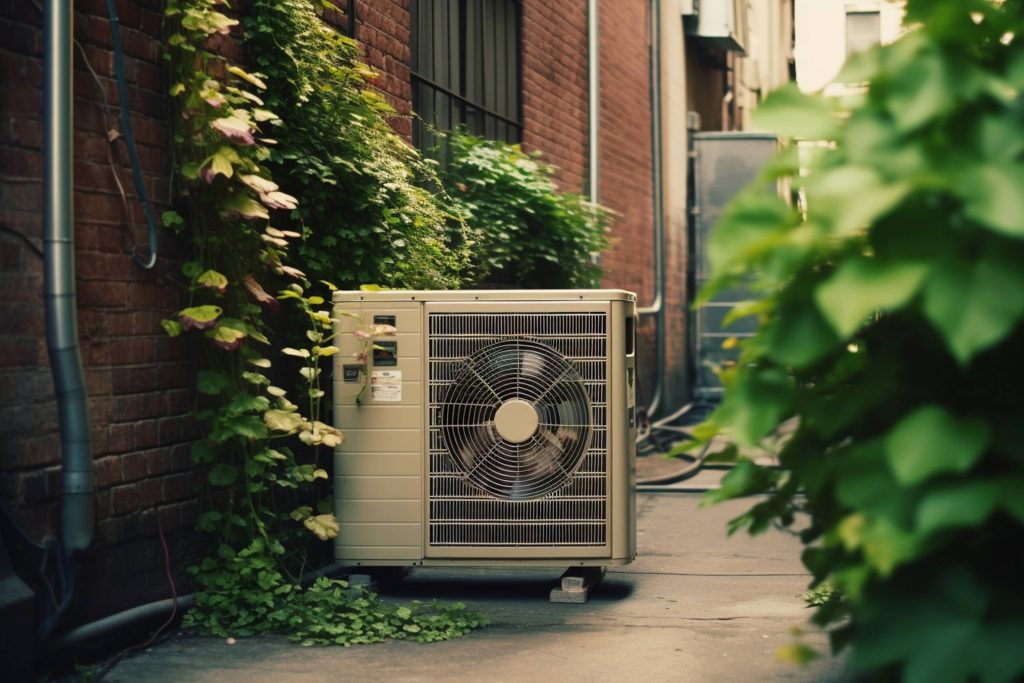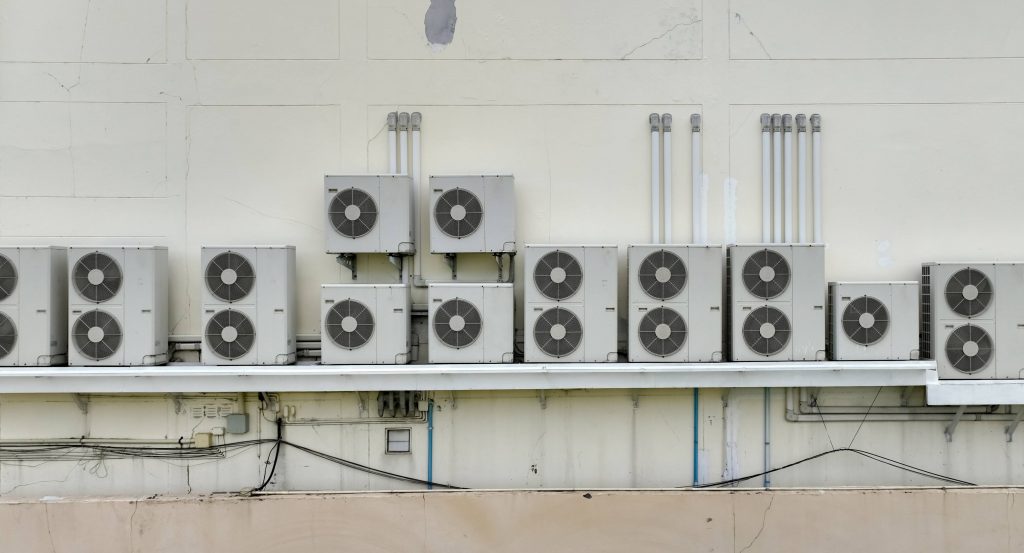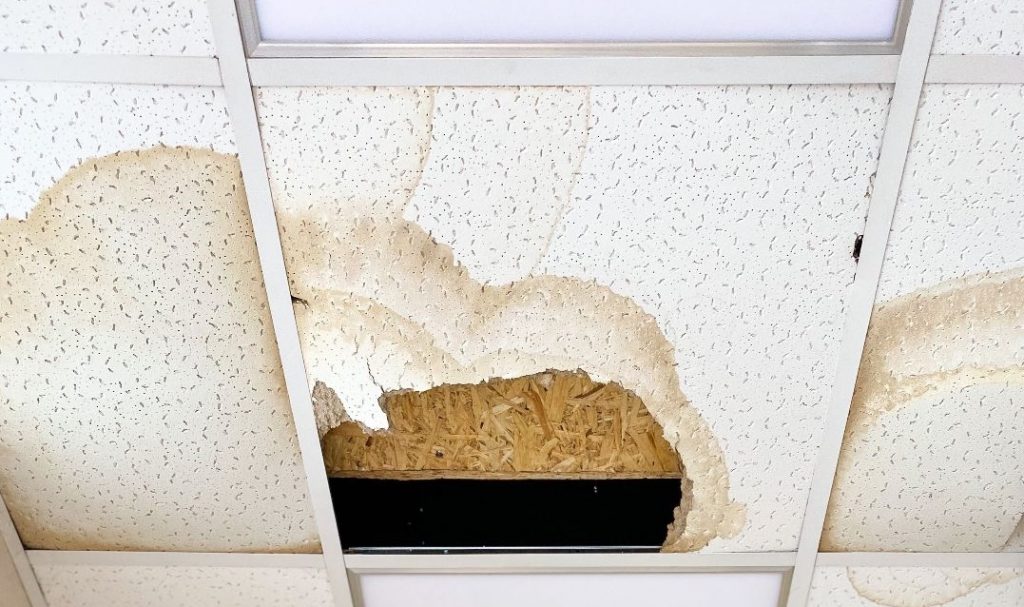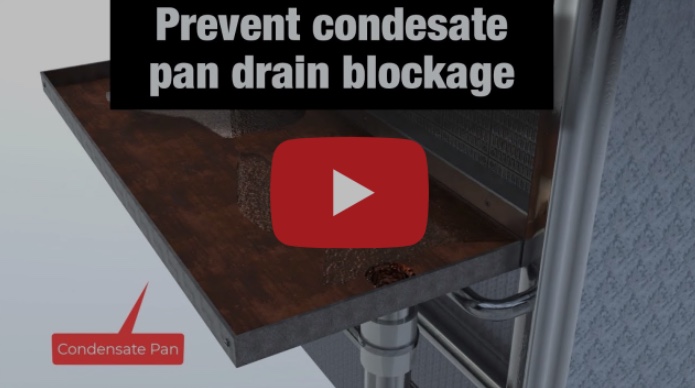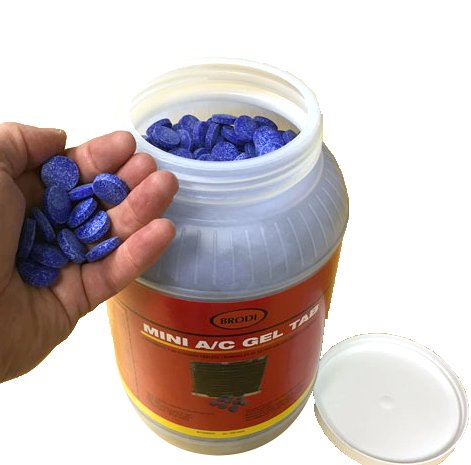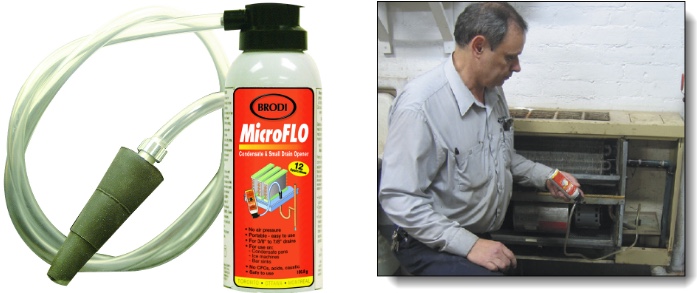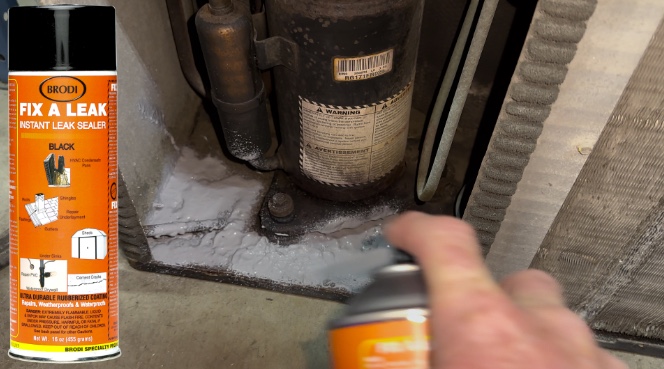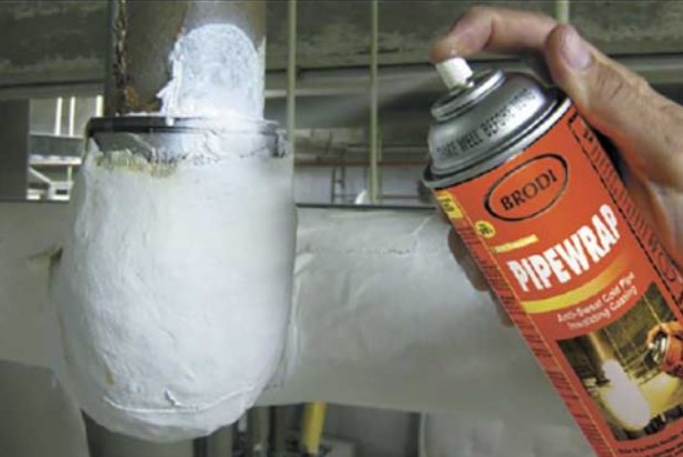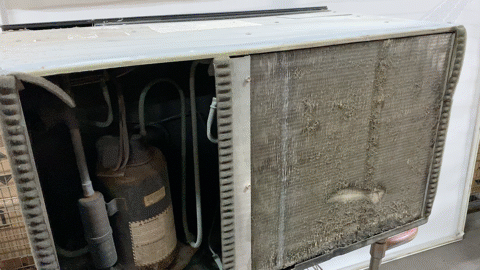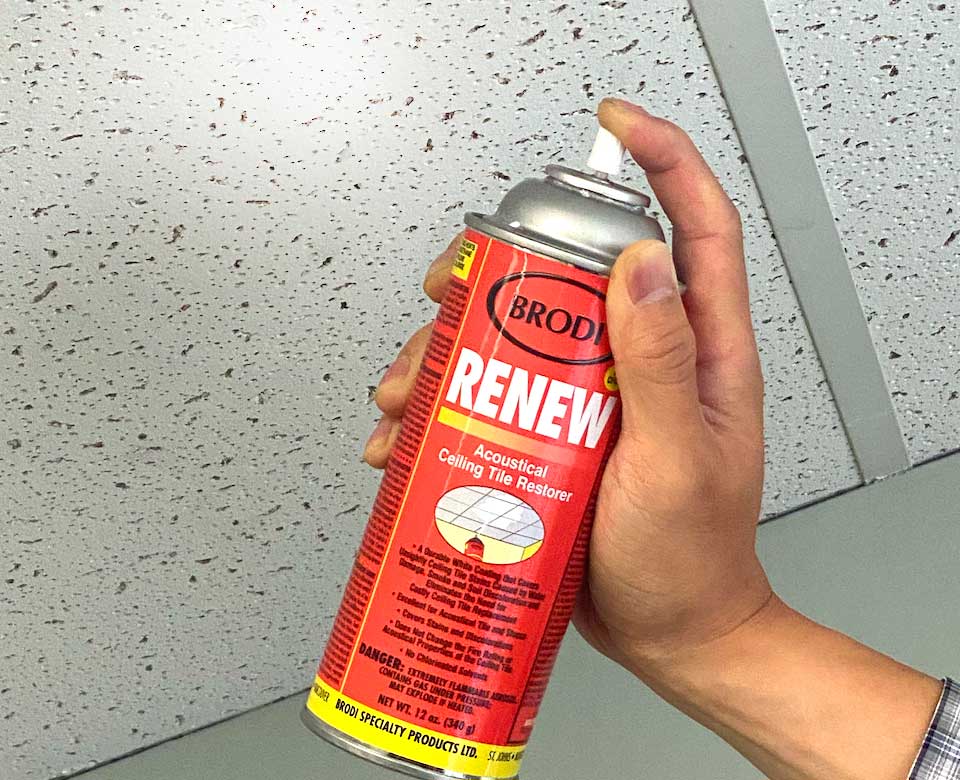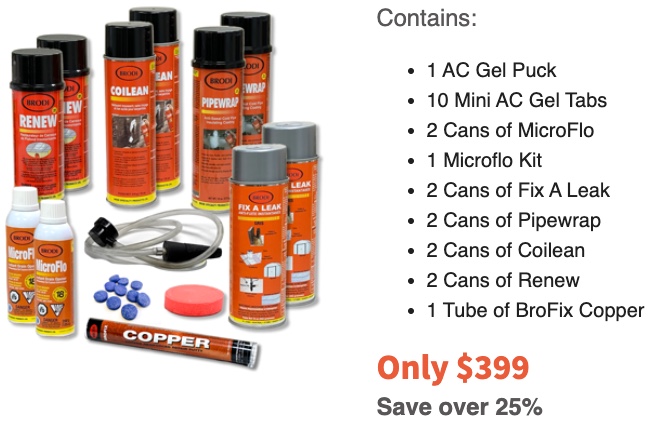In the sweltering heat of summer or the biting cold of winter, your indoor air conditioner becomes a sanctuary, ensuring your home is a comfortable haven. Behind the scenes, a crucial component works tirelessly to maintain that comfort: the air-conditioner coil. Over time, these coils accumulate dirt, dust, and debris, leading to reduced efficiency and potentially higher energy bills. Regular cleaning is essential to keep your AC unit running smoothly, and choosing the right coil cleaner is paramount to the process. In this comprehensive buyer’s guide, we’ll navigate the maze of options and provide you with the knowledge needed to make an informed decision.
Understanding the Importance of Clean Air-Conditioner Coils
Before delving into the specifics of coil cleaners, it’s essential to understand why clean coils are vital for your AC unit’s performance. Air-conditioner coils are responsible for exchanging heat, enabling your system to cool or heat the air effectively. When these coils are clogged with dirt and debris, their efficiency diminishes. This inefficiency can lead to:
- Higher Energy Bills: A clogged coil forces your AC unit to work harder to achieve the desired temperature, leading to increased energy consumption.
- Reduced Lifespan: The strain caused by dirty coils can lead to wear and tear on the entire system, potentially shortening its lifespan.
- Poor Indoor Air Quality: Dirty coils can circulate allergens and pollutants throughout your home, degrading your indoor air quality.
Given these consequences, investing in a high-quality air-conditioner coil cleaner is a wise decision for both your wallet and your health.
Types of Air-Conditioner Coil Cleaners
1. AC Coil Cleaner Indoor:
Specifically designed for indoor units, these cleaners are formulated to remove indoor pollutants, mold, and mildew that can accumulate on the coils.
2. Coil Cleaner No Rinse:
No-rinse coil cleaners are convenient solutions that don’t require washing the coils after application. They are ideal for quick and easy cleaning.
3. Coil Cleaner Window Air Conditioner:
Window AC units have coils that are exposed to outdoor elements. Coil cleaners designed for window air conditioners are robust enough to tackle outdoor debris and pollutants.
4. Coil Cleaner Nu-Calgon:
Nu-Calgon is a reputable brand known for its high-quality coil cleaners. Products from this brand are often trusted by professionals for their effectiveness.
5. Coil Cleaner Evaporator:
Evaporator coils are prone to mold growth due to their damp environment. Evaporator coil cleaners are specifically formulated to tackle mold and mildew.
6. Coil Cleaner Condenser:
Condenser coils are located in the outdoor unit and are exposed to various environmental elements. Condenser coil cleaners are heavy-duty solutions designed to remove stubborn dirt and debris.
Reasons to Clean Air Conditioner Units with Coil Cleaner
Air conditioners have become an indispensable part of modern living, ensuring our homes remain comfortable throughout the changing seasons. However, just like any other appliance, air conditioners require regular maintenance to function efficiently. One of the most critical aspects of AC maintenance is cleaning the coils using a dedicated air-conditioner coil cleaner. Here are compelling reasons why regular coil cleaning is essential for your air conditioner unit:
1. Enhanced Energy Efficiency:
Over time, dirt, dust, and debris accumulate on the coils, hindering the heat exchange process. When the coils are clean, they can absorb and release heat more effectively. This means your AC unit doesn’t have to work as hard to cool or heat the air, resulting in lower energy consumption and reduced utility bills.
2. Extended Lifespan:
A well-maintained air conditioner lasts longer. When coils are clean and free from obstructions, the entire system experiences less strain. This reduced workload can significantly extend the lifespan of your AC unit, saving you money on premature replacements or expensive repairs.
3. Improved Indoor Air Quality:
Dirty coils can become a breeding ground for mold, bacteria, and other harmful microorganisms. When the AC is running, these contaminants can be circulated throughout your home, leading to poor indoor air quality. Regular coil cleaning with a suitable cleaner eliminates these health hazards, ensuring the air you breathe is clean and healthy.
4. Prevention of Costly Repairs:
Neglecting coil cleaning can lead to various issues, such as frozen coils and compressor failures. These problems often require costly repairs and can disrupt your home comfort, especially during extreme weather conditions. Regular cleaning with a coil cleaner can prevent such issues, saving you from unexpected repair expenses.
5. Consistent Performance:
Clean coils contribute to consistent and reliable AC performance. When your air conditioner is well-maintained, it can maintain a consistent temperature and humidity level in your home. This consistency ensures your comfort, especially during scorching summers or chilly winters.
6. Reduction in Allergens and Irritants:
Pollen, dust mites, and other allergens can accumulate on dirty coils. When the AC is turned on, these particles can be circulated in the air, triggering allergies and respiratory issues, especially in sensitive individuals. Regular cleaning eliminates these allergens, creating a healthier environment for you and your family.
7. Compliance with Manufacturer’s Warranty:
Many air conditioner manufacturers include regular maintenance, including coil cleaning, as a requirement for warranty coverage. By adhering to the manufacturer’s maintenance guidelines, you ensure that your unit remains eligible for warranty-related repairs or replacements, offering valuable peace of mind.
8. Sustainable Living:
Clean coils contribute to a more sustainable lifestyle. An efficiently running AC unit consumes less energy, reducing your overall carbon footprint. By maintaining your air conditioner with regular coil cleaning, you’re actively contributing to environmental conservation efforts.
Factors to Consider When Choosing an Air-Conditioner Coil Cleaner
1. Type of AC Unit:
Consider the type of air conditioner you have, whether it’s a central AC system, window unit, or a split system. Different units may require specific types of coil cleaners.
2. Coil Material:
Coils can be made from copper, aluminum, or other materials. Some cleaners are formulated for specific coil materials, ensuring safe and effective cleaning.
3. Ease of Application:
Look for coil cleaners that come with easy-to-follow instructions and user-friendly application methods. This is especially important for DIY enthusiasts who want hassle-free cleaning.
4. Rinsing Requirements:
Determine whether you prefer a no-rinse formula for quick cleaning or if you’re willing to rinse the coils after applying the cleaner. No-rinse options save time and effort.
5. Environmental Considerations:
If you’re environmentally conscious, opt for coil cleaners that are biodegradable and eco-friendly. These options minimize your environmental impact while ensuring a clean system.
6. Brand Reputation:
Research reputable brands like Nu-Calgon and other established names in the HVAC industry. Reliable brands often provide high-quality products and comprehensive customer support.
7. Budget:
Consider your budgetary constraints. While it’s tempting to choose the cheapest option, investing in a slightly more expensive, high-quality cleaner can pay off in terms of efficiency and longevity of your AC unit.
How often should clean air conditioner coils to get maximum cooling efficiency
To ensure your air conditioner operates at its maximum cooling efficiency, it’s essential to establish a regular cleaning schedule for the coils. As a general rule of thumb, homeowners should aim to clean their air conditioner coils at least once a year, preferably before the start of the cooling season. This annual cleaning helps to remove accumulated dirt, dust, and debris that can hinder the heat exchange process. However, the frequency of cleaning may vary based on environmental factors. If you live in a particularly dusty area or an environment prone to pollutants, more frequent cleaning, perhaps every six months, might be necessary. Commercial and industrial settings, where AC units often work harder, may require even more frequent cleaning, possibly on a quarterly or monthly basis. By adhering to a regular cleaning routine tailored to your specific environment, you not only ensure optimal cooling efficiency but also extend the lifespan of your HVAC system, saving you money on energy bills and potential repair costs in the long run.
Conclusion
Choosing the best air-conditioner coil cleaner is essential for maintaining your HVAC system’s efficiency and longevity. By understanding the different types of coil cleaners, considering important factors, and exploring top-rated products, you can make an informed decision tailored to your specific needs. Regular cleaning not only ensures a comfortable indoor environment but also contributes to energy savings and a healthier home. Invest in the right coil cleaner today and enjoy the benefits of a well-maintained air conditioning system.


